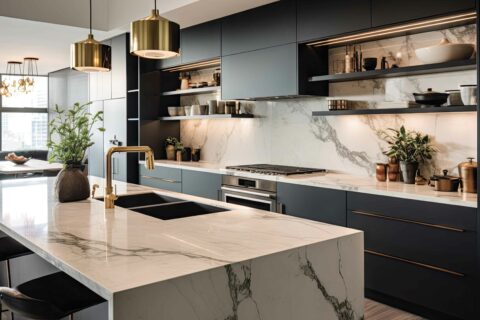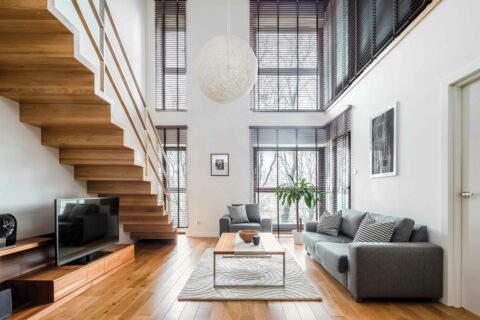March 30, 2023 • Buying
The World of Alternative Lending
By By Kate Barker with Shannon Hendrikse, accredited mortgage professional and owner of Canmore Mortgage House
Not qualifying for a mortgage from a prime lender? There may be options to help you get in your new home!
When it comes to applying for a mortgage, most people think about the big guns. Major banks and big national mortgage lenders come to mind with their competitive rates and features that make the agreement more flexible. While these prime lenders may have appealing products, they also have the tightest qualifications. If you’re just not qualifying for these mortgage products, there may be some other solutions to get you into your next home. It might be time to look at some alternative lenders.
Alternative lenders can have a bad reputation. “There’s a general a misconception that alternative lenders are big bad entities,” says Shannon Hendrikse, accredited mortgage professional and owner of Canmore Mortgage House. “But that’s not the case. Quite often alternative lenders are actually just an arm of a prime lender. It might be a lender with a department that offers this set of products.”
Alternative lenders offer a different range of products and often have different policies to qualify. They may have a more favourable calculation for rental income from a basement suite or they may be more forgiving if your credit isn’t squeaky clean. They could be a good product for someone who is self-employed, or someone who has recently changed jobs. These lenders may be willing to look at different documents to assess income, including bank statements or invoices. Basically, they can offer a wider range of products that could help you purchase a home, even if you don’t qualify for a more traditional lending source.
“Alternative lenders may have more lenient policies, but you pay a premium for it,” says Hendrikse. These lenders have higher rates. “That premium is not as high as people may expect but you can anticipate the rates to start at least 1% to 2% higher on average. It all depends on the situation, and the risk evaluated by the lender.”
There also may be setup fees for the lender and the broker, which are payable at the time of closing, but some lenders allow this to be rolled into the mortgage amount. Alternative lenders require a minimum 20% down payment on the property, and they can request upwards of 25% or 30%, depending on the lender and the property itself. “Alternative lenders are making their lending decision with a greater weight placed on the value, marketability, and equity in the property instead of solely on the strength of the borrower,” says Hendrikse. “They want to make sure you have equity in the property so there’s less risk if you default and they have to sell.” For the alternative lender, it’s about minimizing risks in a situation that prime lenders deem too risky.
Hendrikse says, “Sometimes an alternative lender can be a great short-term solution for people who just don’t qualify.” These options can have a shorter term of 1 or 2 years, which can be enough to get people in the door of their new home. When their term is up, they might qualify for a prime lender. Used in this way, alternative lenders can be a stepping stone to getting a prime lender mortgage with the best rates and all the features.
At the end of the day, it all comes down to options and what’s the best fit for your individual situation. Don’t be afraid to look at alternative lenders and see what they have to offer. Armed with a different set of products, they just might have something that works for you, and they could be the key you need to get into your new home.



